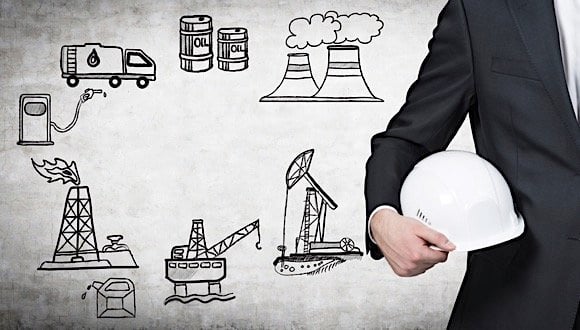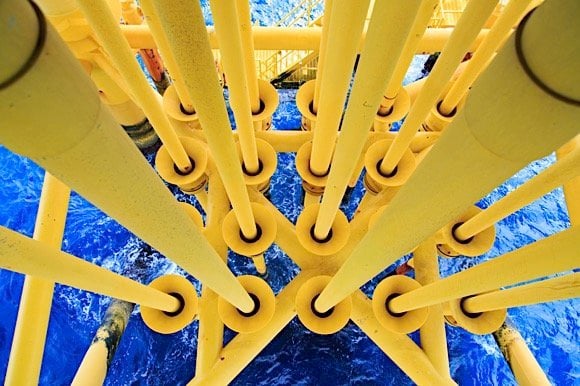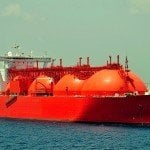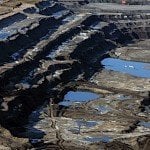
Oil wells across the globe are producing increasing amounts of water in order to meet technical requirements at installations. This sidesteps the need to tap the natural water supply and discharge the water into the environment. This common practice, reinjection, will result in the production of nearly 12.7 billion gallons of water per day by 2020. Reinjection is part of the environmental engagement of oil companies.
Naturally occurring in both onshore and offshore oil reservoirs, water is essential in the production of oil. Naturally-occurring water, or formation water, makes up over 90 per cent of the fluids extracted from wells that have been in service for 20-plus years. Water is injected into fields through injection wells, offsetting declining pressure as oil is produced over time. It is vital to managing oil fields sustainably, and it enhances oil recovery.

In the past, injection water was drawn naturally from oceans, rivers, lakes, etc. However, the majority of water used today is produced alongside the oil. An average of three to five barrels of water is produced per barrel of oil, making it the number one fluid produced by the oil industry. Older wells produce more water, so areas with high oil and gas production rates and aging oil wells produce the highest volumes of water. They also have the highest water-to-oil ratios. In the United States, the five major oil-producing states accounted for nearly three-quarters of the total water production in 2007. These states include California, Kansas, Louisiana, Oklahoma, and Texas. Louisiana produced 1.1 billion barrels of water, while Texas took the lead with 7.4 billion barrels. The United States is currently estimated to produce between 60 and 70 million barrels of water per day, based on the rise in oil and gas output.
A recent study conducted by IFP Energies Nouvelles estimates that 250 million barrels of water were produced on a daily basis in 2008. That figure is projected to increase tremendously by the year 2020. Increased energy demand result in an ever-increasing need for water. However, drawing too much from naturally-occurring bodies of water would stress the world’s water supply, a problem that is amplified by climate disruption.

Previously, produced water was considered a byproduct that required specific treatment prior to discharge. Onshore platforms either discharged the water into the natural environment or implemented wastewater collection systems. In offshore production, however, the water was discharged into the ocean. The last decade or so saw a drastic change in the process, however. Produced water is used as a resource due to a growing commitment to manage the environmental impact of global activities, especially as they pertain to water management.
Water treatment specialist Pierre Pedenaud stated that, despite previous methods, current focus remains primarily on “avoiding any discharge into the natural environment and instead injecting produced water back into the reservoir it came from.” The methods used in the “recycling” of water are dependent upon the site, among other factors. “Produced water is always different,” said Pedenaud. “Some contains sulfates, some barium or strontium, and all of it comes with varying quantities of solid particles. Chemical reactions can occur, especially on contact with seawater that may mix with the produced water. This can plug or corrode pipelines or injection wellheads and tubing.”

Installations are tailored to the specific sites and needs, and a range of parameters are monitored in order to measure quality. “The higher the water quality desired, the more expensive the installation will be,” said Pedenaud. “We have to constantly make trade-offs to strike the right quality, cost, and environmental balance.”
Sources:
https://www.cnbc.com/advertorial/2017/11/13/five-barrels-of-water-for-one-barrel-of-oil.html

































